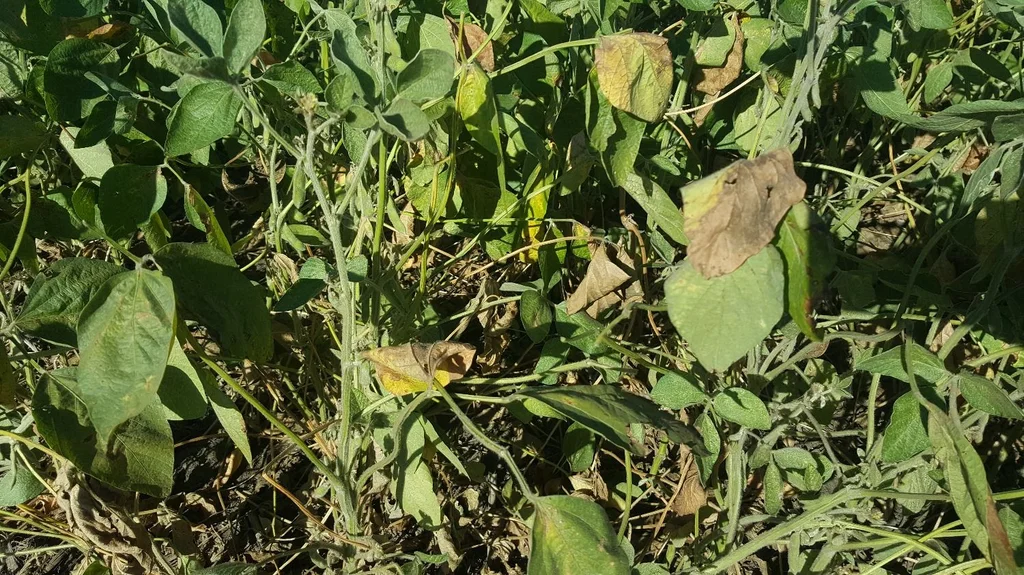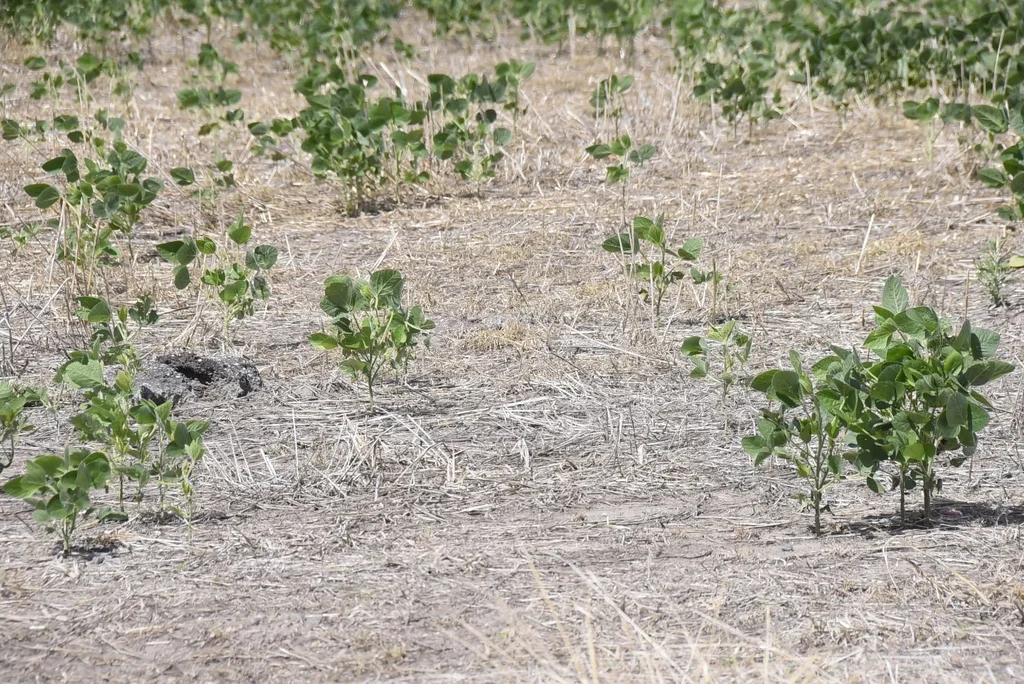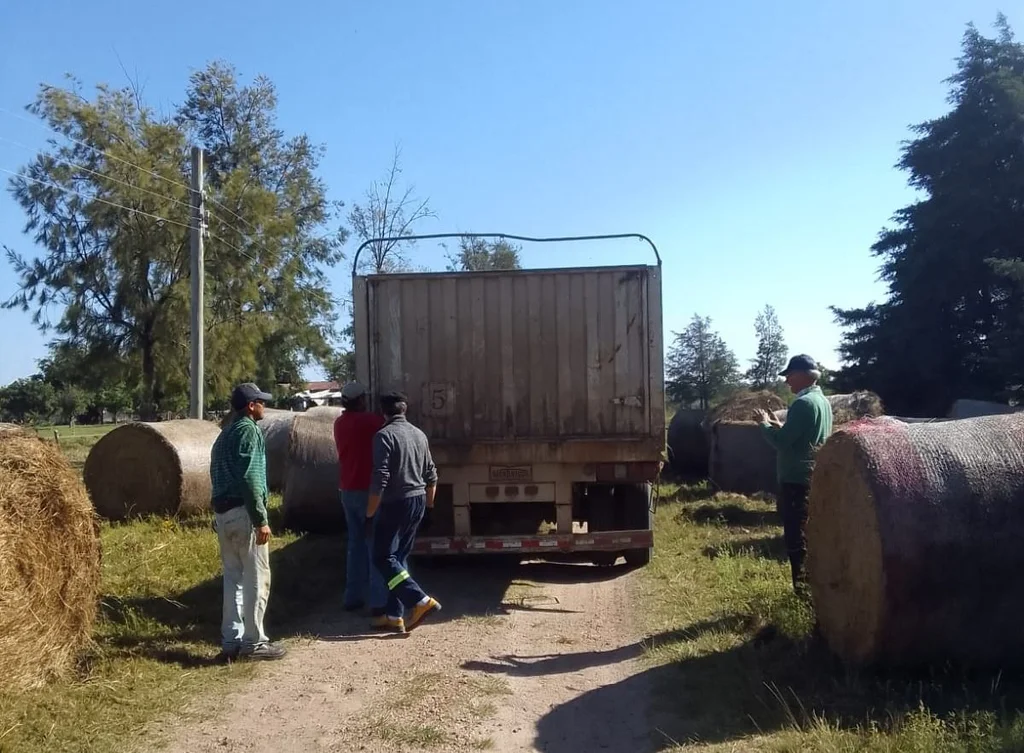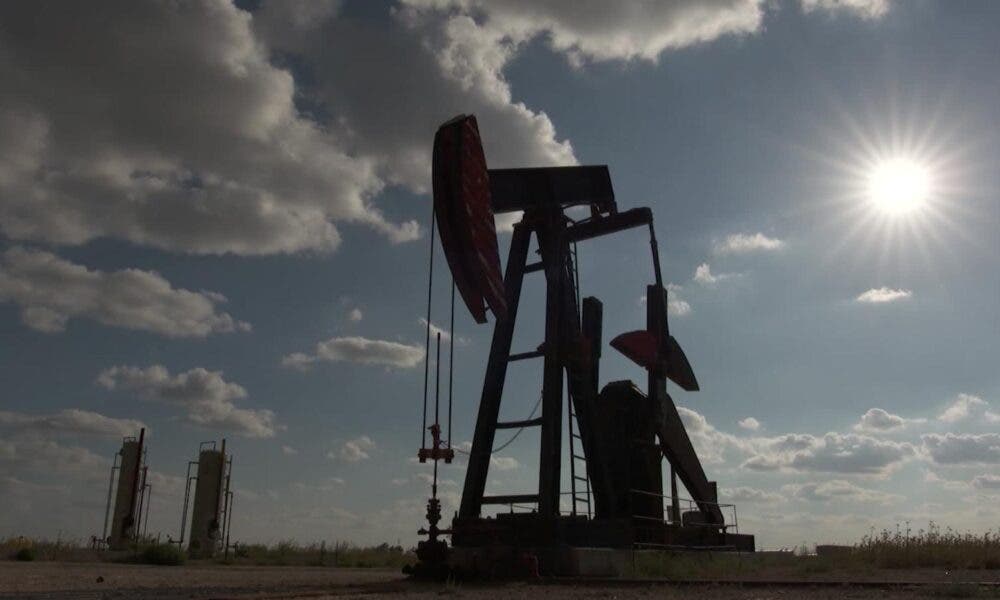Soybean production will fall to a third of what was obtained in the last harvestwhen without climatic or other setbacks about three million tons were harvested.
This year, in the best of cases and as a consequence of a drought that lasted for several months and persistsa volume of approximately one million tons of oilseed grain will be achievedwith the consequent damages for those directly involved in this area of agriculture, impacts for many companies and people indirectly linked and for the national economy.
The announcement was made by Fernando Mattos, Minister of Livestock, Agriculture and Fisheries (MGAP), this Wednesday after the productive cabinet meeting in the Executive Tower.

Ines Guimaraens
Fernando Mattos, Minister of Livestock, Agriculture and Fisheries.
After noting that the last rains generated “a slightly better panorama”specified that there were no noticeable improvements in the southern part of the country or in the core area of agriculture (Río Negro, Soriano, Colonia and areas of San José and Flores).
However, he reiterated, the outlook is “more encouraging” after three months with a very difficult scenario considering the rainfall regime.
“The situation is being unlocked,” he admitted, although somewhat late in agricultural production systems that in many cases turned crops into fodder, therefore they will be used for animal feed, not as grains for local use or export, with the consequent loss of value.
Mattos pointed out as a reality “a very significant loss in corn and very important in soybeans.”
Millions of dollars less
The damage is especially relevant in the case of soybeans, the main agricultural export item (it generated US$1,992 million in 2022 out of a total of US$13,556 million received, based on data from Uruguay XXI) and the second overall in goods sold abroad, behind meat vaccine and ahead of cellulose. There the collapse, in income, still difficult to quantify, will be very noticeable.

John Samuelle
Soy will provide the sector and the country with much less capital than in previous years.
That, he said, responds to the “need” to replace the volume of corn grains and milling by-products used for fodder use and products for animal supplementation or generation of ration for animalsfor which there is a very firm and strong demand throughout the territory.
That support, he remarked, of a 3% income for various imported products that ceases for the moment, means a government tax waiver equivalent to US$6 million to US$10 million and the support will last as long as the agricultural emergency is in force (currently valid until April 30).
The national industry will not have the normal supply and thus imports from Paraguay, Argentina and Brazil are resorted to and it will happen from overseas in case opportunities arise, with convenient prices.
In this sense, it is planned to also work on the exemption of port taxes, in order to lower the costs of entering the country.
Another support Mattos referred to is the so-called Food Contingency Plan for micro-producers with up to 30 cattle and 15 calveswith registration closing next Friday for producers who aspire to benefit and local organizations that deal with delivery logistics.
There will be, the hierarch pointed out, a call for prices to acquire 3,000 tons for ration for calves to promote weaning and prioritize the recovery of the body condition of the bellies. Also 7,000 tons of ration will be purchased for the maintenance of adult animals.

John Samuelle
The core area of national agriculture received rains, but insufficient.
Next up: Bale Plan
Despite the fact that it rained and an incipient recovery of the pastures is perceived, for Mattos a “complex winter” is coming and so Another objective set is to establish a “bale plan”which considers the purchase of bales of corn to supply producers with less than 500 hectares with problems of supply of food from the natural field under advantageous conditions, but also considers taking advantage of the straw resulting from the rice harvest, which is in full swing.

Resorting to bales, a key strategy when the supply of grass in the natural field is diminished.
Mattos, on fiscal measures, admitted that Various proposals are being studied by the Ministry of Livestock and the Ministry of Economy and Finance, such as possible tax credits and certificates for other usesand also the incremental investment tool.
“Different proposals are being evaluated, The last word belongs to the Economy, which has to take care of the public accounts, there is an important effort from the government in a battery of more than 30 measures”, he stressed, a battery that will be quantified later, considering credits with subsidies from the Emergency Agricultural Fund that registered more than 5,000 notes and already more than 2,000 vouchers taken; tax exemptions; rate discounts such as the recent announcement of discounts for the cost of electricity in the dairy sector; and credits with subsidies through BROU Microfinanzas for more than US$ 30 million, according to estimates by Mattos together with the president of the bank, Salvador Ferrer.
Is about aid that aims to enable the productive sector to recover soon as soon as the climate normalizes and thus recover the functioning of the economy.


















